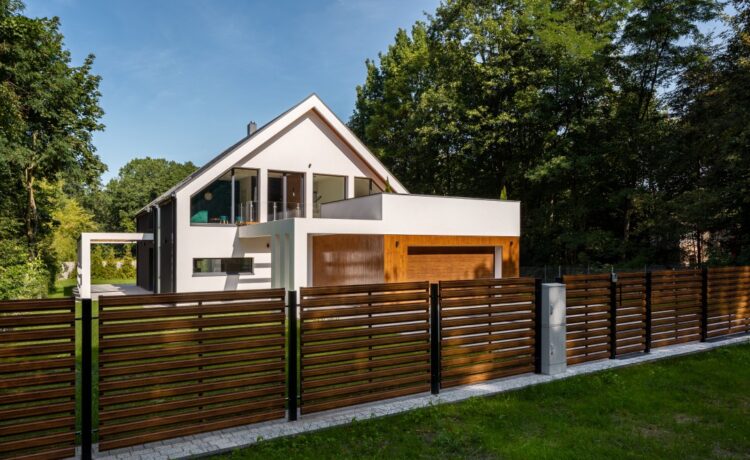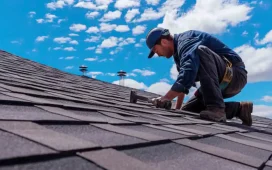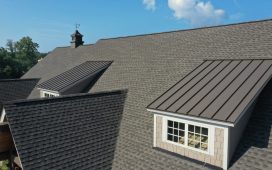In the realm of property ownership, the quest for the perfect fencing solution often leads homeowners down a path of deliberation and decision-making. Among the myriad options available, wooden fencing stands tall as a timeless choice, blending elegance with functionality. In this article, we delve into the world of wooden fencing, exploring its benefits, installation process, maintenance requirements, and comparison with alternative solutions such as chain wire fencing.
The Allure of Wooden Fencing
Wooden fencing exudes a rustic charm that effortlessly enhances the aesthetics of any property. Its natural appeal seamlessly integrates with various architectural styles, from traditional to contemporary, adding a touch of warmth and character to the surroundings. Unlike other materials, wood has an innate ability to age gracefully, developing a patina that further enhances its visual appeal over time.
Versatility in Design
One of the standout features of wooden fencing is its versatility in design. Whether you seek privacy, security, or simply a decorative boundary, wooden fences can be customized to meet your specific requirements. From classic picket fences to modern horizontal slat designs, the options are virtually endless, allowing homeowners to tailor their fencing solutions to align with their aesthetic preferences and functional needs.
Durability and Longevity
Contrary to common misconceptions, wooden fencing, when properly maintained, boasts impressive durability and longevity. Opting for high-quality, pressure-treated lumber can significantly enhance the fence’s resistance to rot, decay, and insect infestation, ensuring its structural integrity for years to come. Additionally, routine maintenance practices such as staining or sealing can further prolong the lifespan of wooden fencing, protecting it from the adverse effects of weather and environmental factors.
Installation Process
Installing wooden fencing requires careful planning and precision to achieve optimal results. The process typically involves several steps, including site preparation, post-installation, panel assembly, and finishing touches. While some homeowners may opt for a DIY approach, enlisting the services of professional installers ensures a seamless and efficient installation process, minimizing the risk of errors and ensuring the longevity of the fence.
Maintenance Requirements
Proper maintenance is paramount to the longevity and aesthetic appeal of wooden fencing. Regular inspections should be conducted to identify any signs of damage or deterioration, such as rot or warping. Additionally, periodic cleaning and resealing or restaining are essential to protect the wood from moisture penetration and UV exposure, preserving its natural beauty for years to come.
Wooden Fencing vs. Chain Wire Fencing: A Comparative Analysis
While wooden fencing offers a myriad of benefits, it’s essential to consider alternative solutions such as chain wire fencing to make an informed decision. Chain wire fencing, characterized by its affordability and low maintenance requirements, is often favored in industrial and commercial settings where security and durability are paramount. However, in residential applications where aesthetics play a significant role, wooden fencing emerges as the preferred choice, offering unmatched visual appeal and customization options.
Conclusion
In conclusion, wooden fencing stands as a timeless choice for homeowners seeking to enhance the beauty and functionality of their properties. With its natural allure, versatility in design, durability, and longevity, wooden fencing continues to captivate the hearts of property owners around the world. By understanding the installation process, maintenance requirements, and comparative analysis with alternative solutions such as chain wire fencing, homeowners can make informed decisions and embark on a journey towards transforming their properties into havens of elegance and charm.







